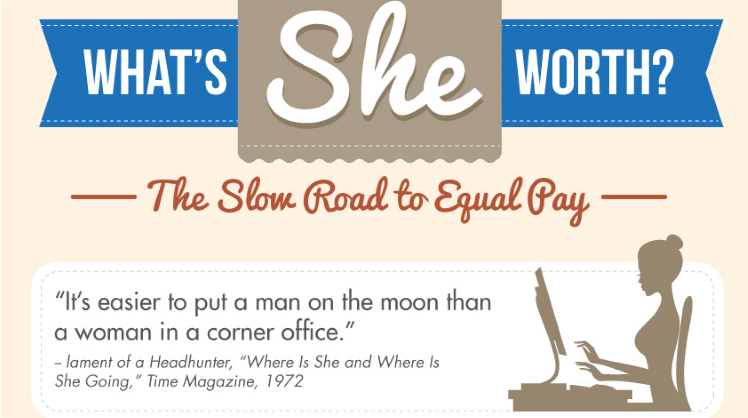
Today is International Women’s Day. It’s a day to recognize and celebrate women around the world, but in nearly every part of the world, women are still considered second-class citizens. Even in the United States, the gender pay gap provides one of the most irrefutable pieces of evidence that equality is far from a reality.
With that in mind, let’s review some key statistics:
- Women hold only 16% of corporate board seats.
- Women hold only 14% of executive officer positions.
- Women hold only 8% of top earner slots.
[Tweet “Women hold only 14% of C-suite positions in U.S. companies.”]
These statistics related to the gender gap in business have barely changed in the last decade (actually, even longer) despite the fact that research has shown:
- One woman on a corporate board equates to 40% fewer accounting errors.
- Companies with the highest percentages of women board directors outperform those with the least for return on equity by 53%.
- Companies with the highest percentages of women board directors outperform those with the least for return on sales by 42%.
- Companies with the highest percentages of women board directors outperform those with the least for return on invested capital by 66%.
- Women CEOs produce equity returns 226% better than the S&P 500.
- Companies led by women perform three times better than the S&P 500.
- A high-performance culture is more likely to exist in a company when there is gender diversity at the most senior level.
- Organizations with the strongest cultural and financial performance have the highest proportion of women on their executive boards.
- Shares of companies with a market capitalization of more than $10 billion and with women board members outperform comparable businesses with all-male boards by 26%.
- Companies with at least three female board members have better ESG (environmental, social, and governance; i.e., sustainability) performance.
Despite the fact that back in 2013 mothers were already the primary breadwinners in 40% of U.S. homes (and that number has likely risen since then), the gender wage gap persists. That means the gender wage gap is causing families—and ultimately, the economy—to suffer.
You can find these statistics and more in the articles below:
- 2013 Women and the Gender Gap Statistics
- 2012 Women and the Gender Gap Statistics
- Gender Wage Gap by the Numbers
- One Woman on a Corporate Board Equals Fewer Accounting Errors
- A Lack of Gender Diversity in Leadership is Hurting Companies
- Stocks Go up When Women are on Corporate Boards
- More Female Board Members Equals Improved Sustainability Performance
- Mothers are Now the Primary Breadwinners in 1 out of 10 U.S. Households
- Companies with More Women Board Directors Experience Higher Financial Performance
- Women-led Companies Perform Three Times Better than the S&P 500
And check out the gender pay gap infographic below to see just how big the problem is.






This is a really interesting article. In the UK we have very similar problems. We also have what is known as the motherhood penalty and the part-time gender pay gap. The part-time pay gap is huge and is closing at at even slower rate than the full time gender pay gap.